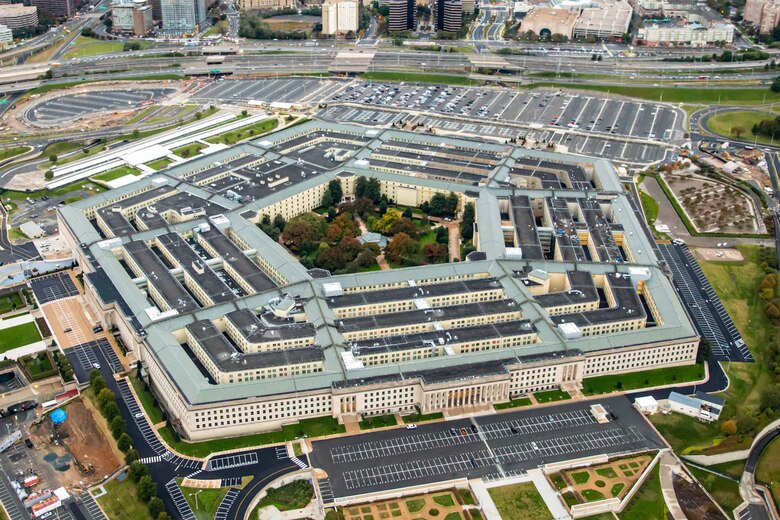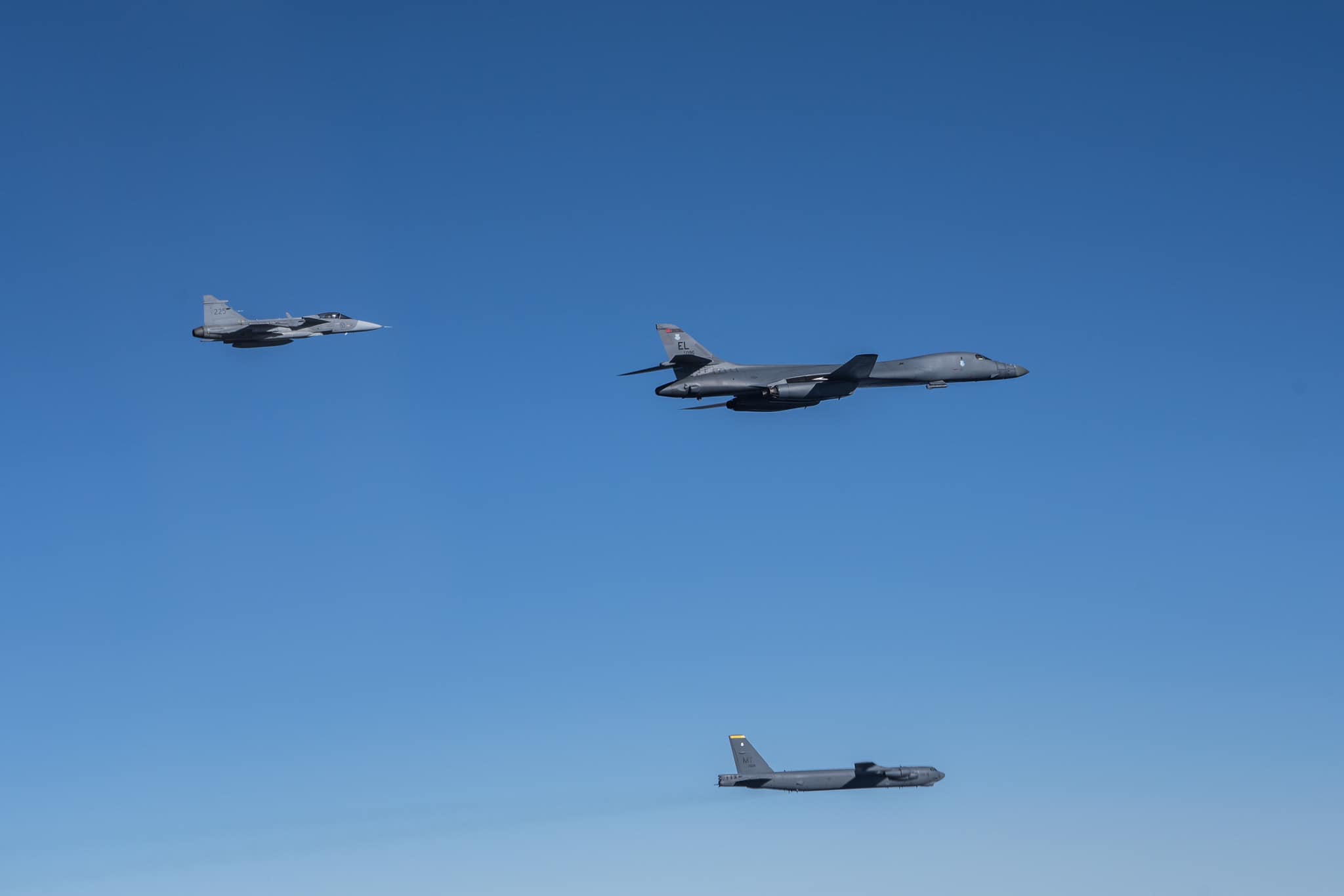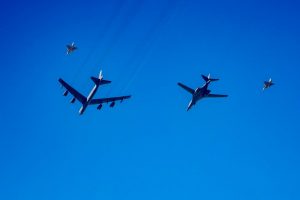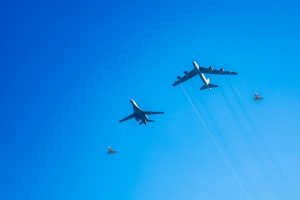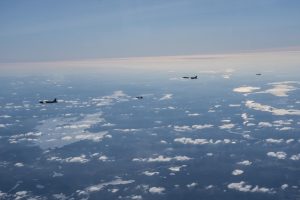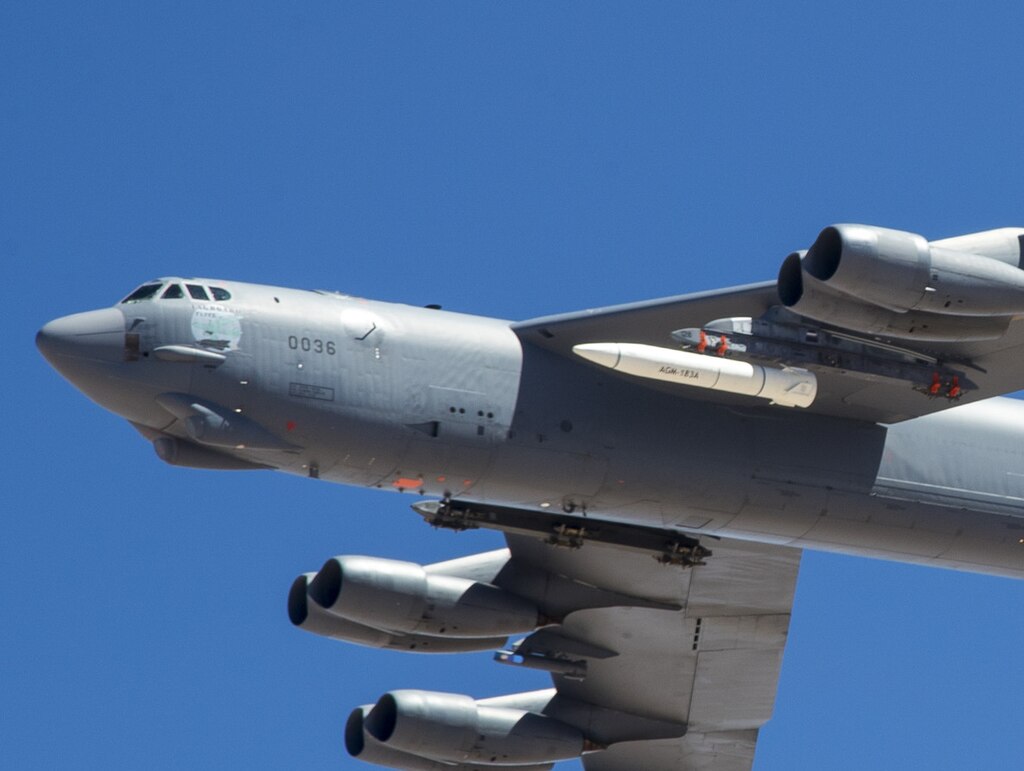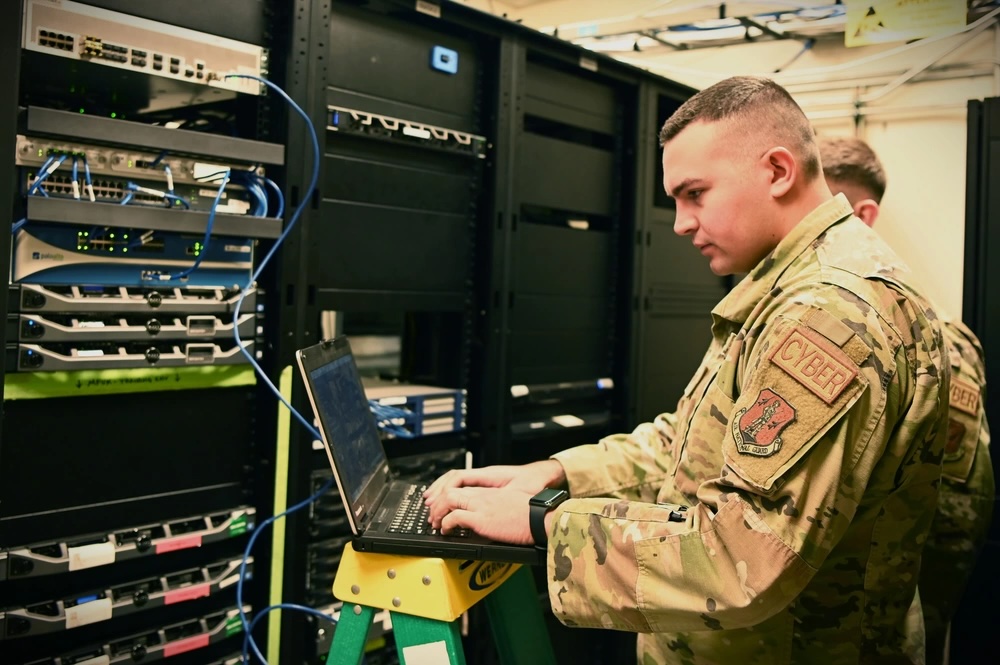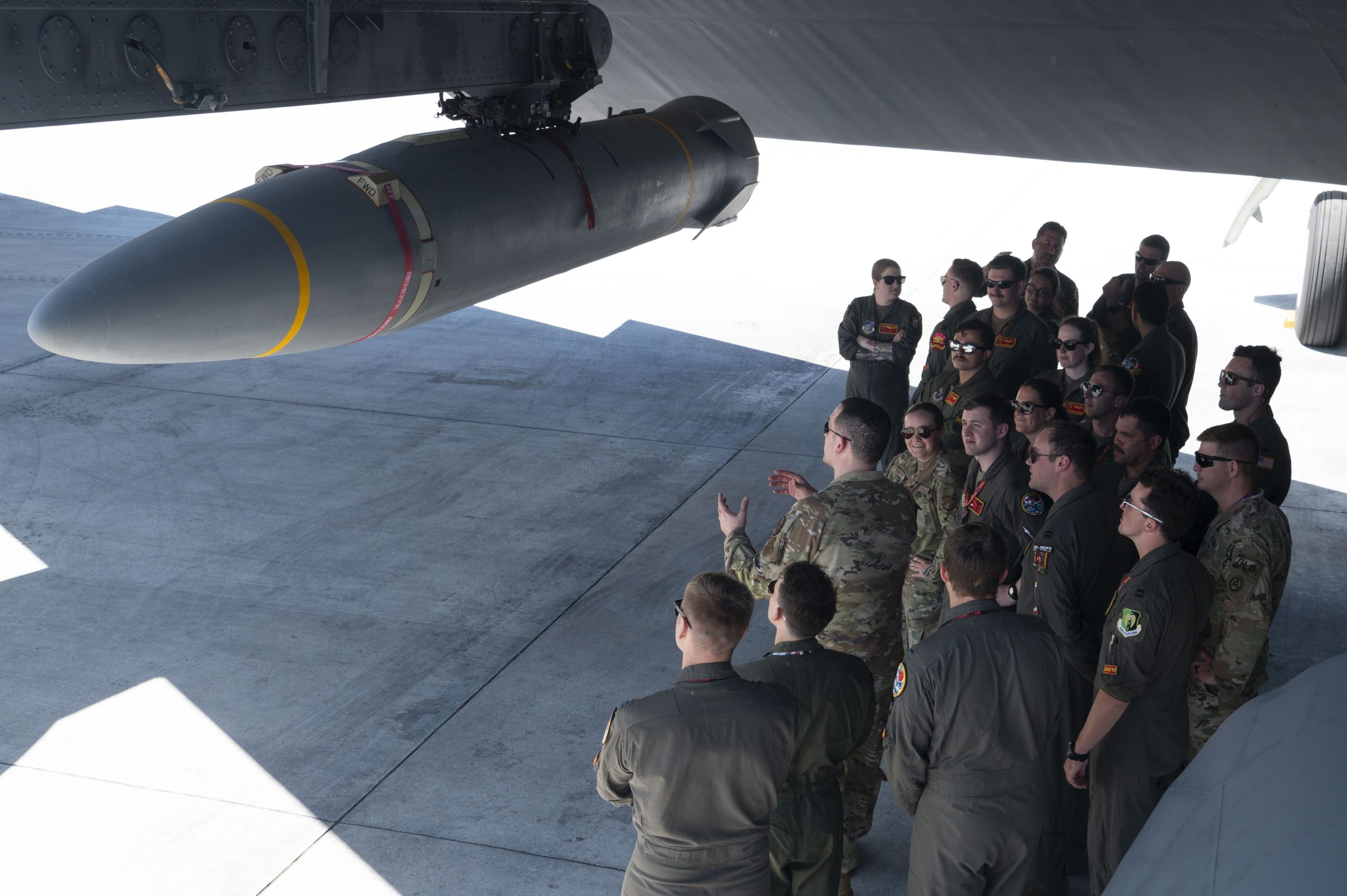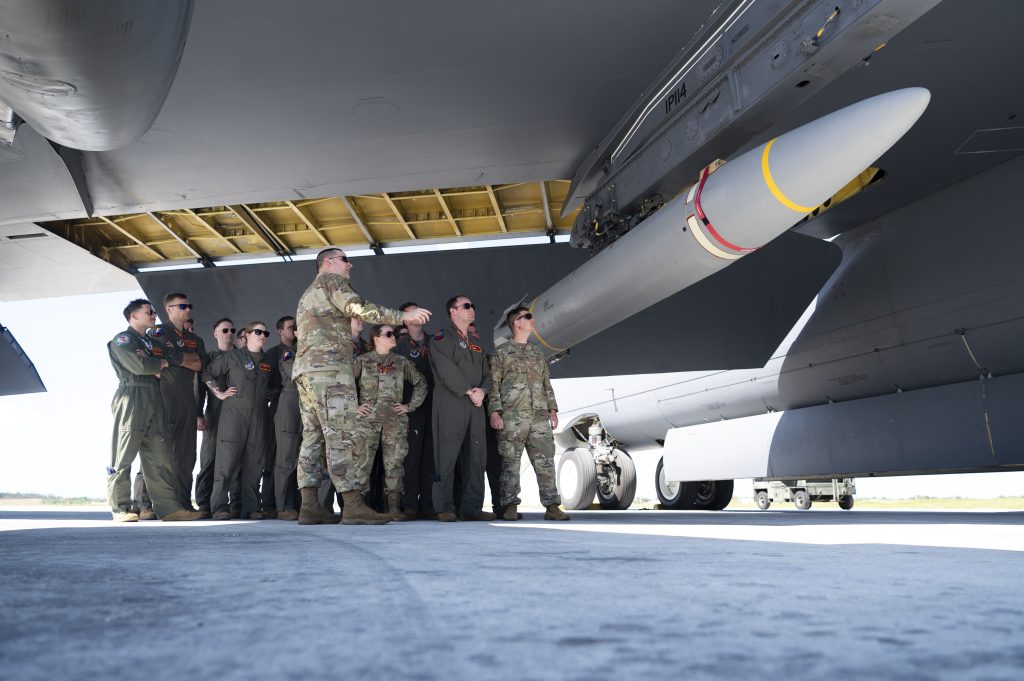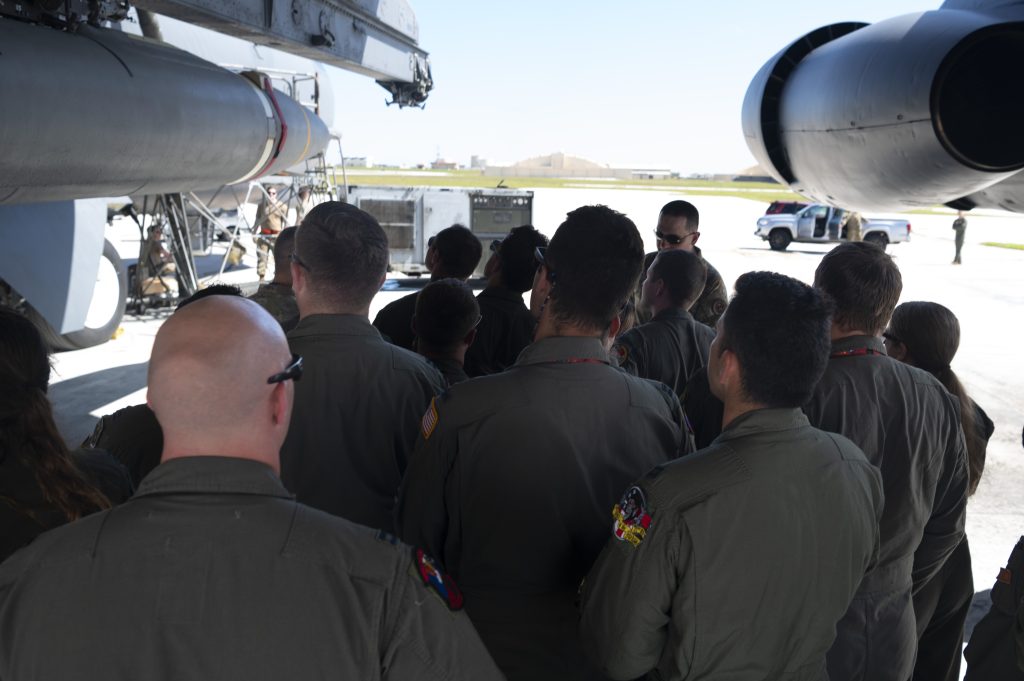The Pentagon’s system for planning and executing budgets needs a “fundamental” restructure if it is to keep up with the accelerating change in technology and threats, co-chairs of a congressionally-mandated, bipartisan commission said March 6 in rolling out their final report.
Two years in the making, the massive 394-page report from the Commission on Planning, Programming, Budgeting, and Execution Reform outlines 28 recommendations, half of which panelists highlighted in bold-face as “critical.” And while some will take the approval of Congress, many are immediately “actionable” by the Defense Department, said Robert Hale, co-chair of the panel and former Pentagon comptroller. Still, he said during a Defense Writers Group session in Washington, D.C., it could take up to five years to fully implement the shifts called for.
Co-chair Ellen Lord, former defense undersecretary for acquisition and sustainment, said she’s hoping the Pentagon will move fast to implement some of the proposed changes and “take some ‘quick wins.’” She said that Deputy Defense Secretary Kathleen Hicks has demonstrated a keen interest in the report and has already set up a task force to implement many of its findings. Lord agreed that full implementation will take some years, given the need to obtain the buy-in.
After the commission published an interim report in August 2023, Hicks said the Pentagon would put in force “all actions that can be implemented now.”
Hale acknowledged that it might be challenging to get Congress to agree with giving up some process control, but that the overall package of recommendations balances oversight against badly-needed flexibility.
Without focused internal Pentagon action to implement the changes—and matching congressional support—Lord said the massive effort, which included over 400 interviews with subject matter experts, will be “all for naught.”
The two said they are hopeful that these recommendations will come into force, saying defense stakeholders appreciate the many pressing dangers in the world and the need for urgent reform.
“The Department of Defense needs a new process, one that enables strategy to drive resource allocation in a more rigorous, joint, and analytically informed way,” commissioners said in the report.
The changes align with Air Force Secretary Frank Kendall’s recently-unveiled plan to “re-optimize” the department with new requirements-creating organizations, the co-chairs said.
“Nothing would really interfere, I think, with what we’re proposing and what he is proposing,” Hale said. “His are more organizational realignments and not related specifically to PPBE. We pre-briefed him and he certainly didn’t raise any concerns about our recommendations compared to his.”
“There’s no conflict,” Lord added. “We all have the same end goal in mind.”
She pointed out that organizations like the Air Force Rapid Capabilities Office, the Pentagon’s Strategic Capabilities Office, and Defense Innovation Unit—which she called “silos of excellence, in terms of speed of execution”—do not have unique authorities. Rather, what they have in common is “access to senior leadership and the ability to get decisions made quickly,” she said.
“What we’re trying to do with this system is have much more delegation of authority … relative to reprogramming and other things,” Lord said. “So we want to scale what’s been done and make it more accessible to more of the workforce and impact more of the budget, and have different outcomes.”
Many of the reforms deal with chronic problems associated with continuing resolutions, such as allowing new starts under a CR or allowing the Pentagon more flexibility to move money around within portfolios. But others focus on delegating more power to program managers and program executive officers (PEOs) to make needed changes on the fly. Current authorities limit their ability to make changes, and it can take years to refocus a program to new technology or threats within congressional oversight procedures.
Lord also called for taking on the “un-sexy” task of digitizing the Pentagon’s business practices, which in turn would make accurate, up-to-date data available to Pentagon planners and overseers as well as congressional staffers. That in turn would add speed to programs by helping the Pentagon answer congressional questions faster, she said.
Another area the reforms address is “color of money” problems—whether funding is related to research and development, or operations, or procurement, for example—that can cause issues with software contracts or buying commercial products to replace a military system.
Hale said one recommendation—that programs be allowed to carry over five percent of their funds into the next fiscal year to cover operations and maintenance or personnel, and maintain a level of effort—was not derived from an algorithm, but from the advice of experts. This would also ward off a tendency to make a mad dash to expend funds that will expire by the end of the fiscal year.
Overall, the commission said the new and improved PPBE system should be re-cast as the Defense Resourcing System, which would tie defense spending more tightly to the National Defense Strategy and National Security Strategy.
“We spent about two years on this. And we had a lot of dynamic debate,” Hale said. “But we do have a consensus report, which is great. And we think that if the department adopts what we’ve recommended here—we’d love to see all 28 recommendations adopted—but any of them are a step in the right direction,” he said.
Senate Armed Services Committee chair Sen. Jack Reed (D-R.I.) and ranking member Sen. Roger Wicker (R-Miss.) issued a joint statement offering their appreciation for the commission’s bipartisan efforts, saying the report should help the Defense Department “develop new technologies in a streamlined, agile manner.”
“For too long, the Department’s cumbersome and outdated financial and resource management practices have acted as a drag on America’s defense acquisition system,” they added
The PPBE commission organized their recommendations into five general categories, and highlighted those it thought were the most critical (in bold).
Improve the Alignment of Budgets to Strategy
- Replace the PPBE process with a new Defense Resourcing System
- Strengthen the Defense Resourcing Guidance
- Establish continuous planning and analysis
- Transform the budget structure
- Consolidate RDT&E budget activities
Foster Innovation and Adaptability
- Increase the availability of operating funds
- Modify internal DOD reprogramming requirements
- Update values for below-threshhold reprogrammings
- Mitigate problems caused by continuing resolutions
- Review and consolidate budget line items
- Address challenges with the color of money
- Review and update PPBE-related guidance documents
- Improve awareness of technology resourcing authorities
- Establish special transfer authority around milestone decisions
- Rebaseline OSD obligation and expenditure benchmarks
- Encourage use of the Defense Modernization Account
Strengthen Relationships between DOD and Congress
- Encourage Improved in-person communications
- Restructure the Justification Books (J-Books)
- Establish classified and unclassified communication enclaves
Modernize Business Systems and Data Analytics
- Create a common analytics platform
- Strengthen governance for DOD business systems
- Accelerate progress toward auditable financial statements
- Continue rationalization of the OSD resourcing systems
- Modernize the tracking of congressionally-directed actions
Strengthen the Capability of the Resourcing Workforce
- Continue the focus on recruiting and retention
- Streamline processes and improve analytic capabilities
- Improve training for personnel involved in defense resourcing
- Establish an implementation team for commission recommendations
